13 Popular Software That Feel Like Open Source But They Are Not
Thu, 27 Nov 2025 10:33:18 GMT
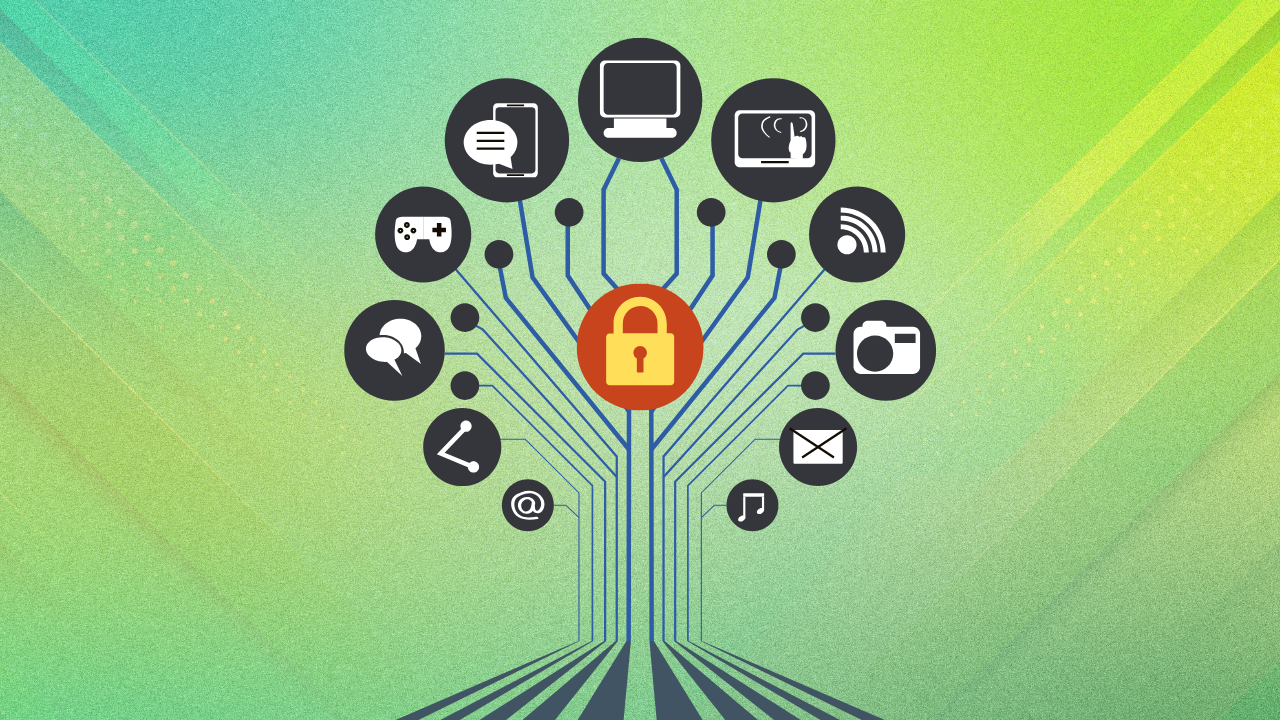
As Linux users, most of us prefer open-source software. But if you’ve been using Linux for a while, you know this truth too: in daily workflows, you may have to rely on proprietary software.
And sometimes, you use software that feels like open source projects but they actually are not. I am going to list some of those applications that are popular among Linux users but often we don't realize that they are not open source. I'll also suggest their open source alternatives for you.
Obsidian: Personal knowledge base

Obsidian has become incredibly popular among developers, researchers, and anyone who takes their notes seriously. Its local-first approach, Markdown support, and graph view make it ideal for building a personal knowledge base.
While it supports community plugins and customization, the core application itself is proprietary. This may come as a surprise because it always feels like Obsidian is open source. Alas! It is not.
Termius: Modern SSH client
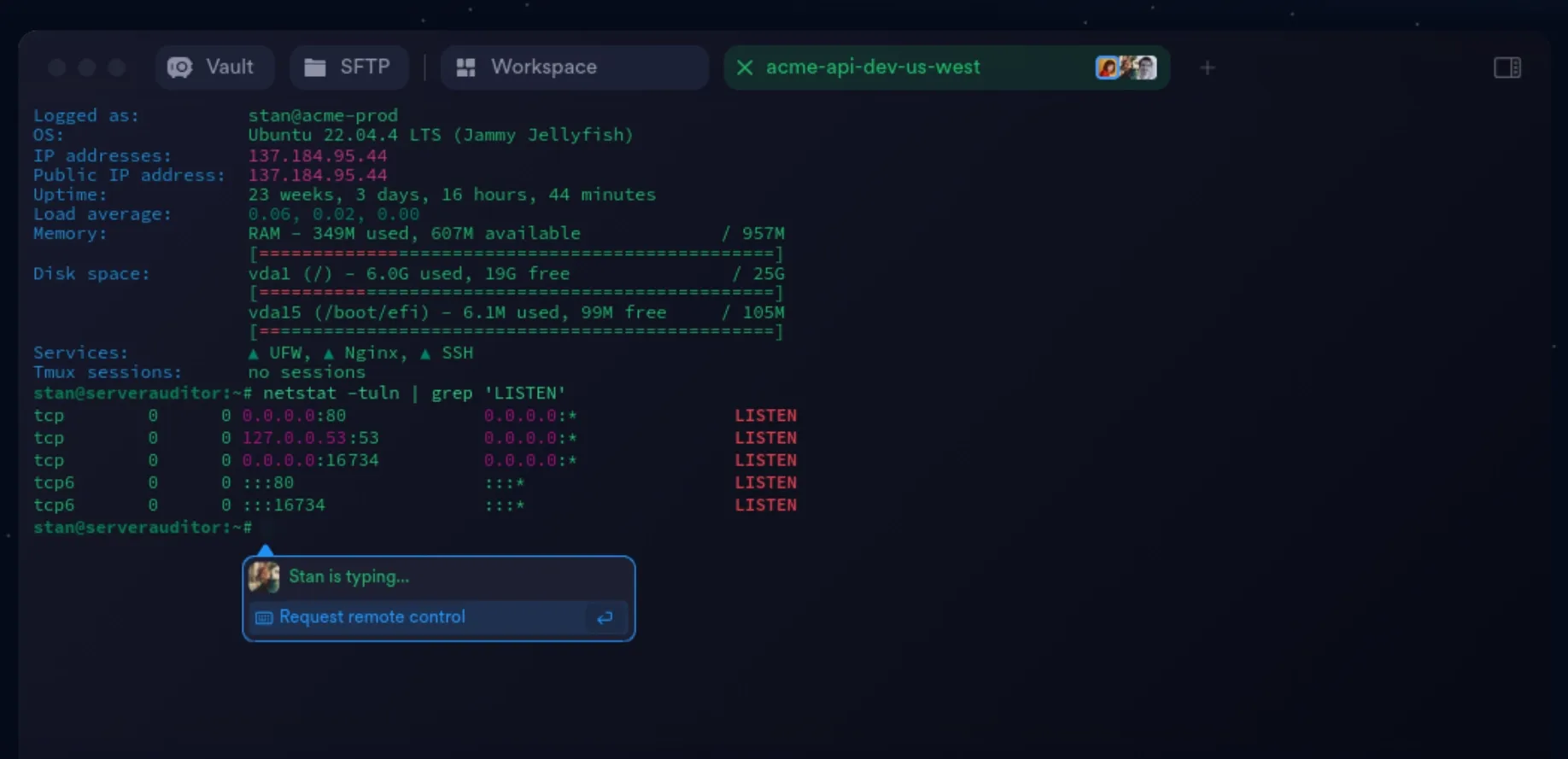
Termius is a sleek, cross-platform SSH client used by sysadmins and developers, specially the ones who manage multiple servers.
It offers synchronization across devices, organized host management, and secure key handling. However, it’s a fully closed-source commercial product. How I wish it was open source.
MobaXterm: Accessing Linux servers from Windows
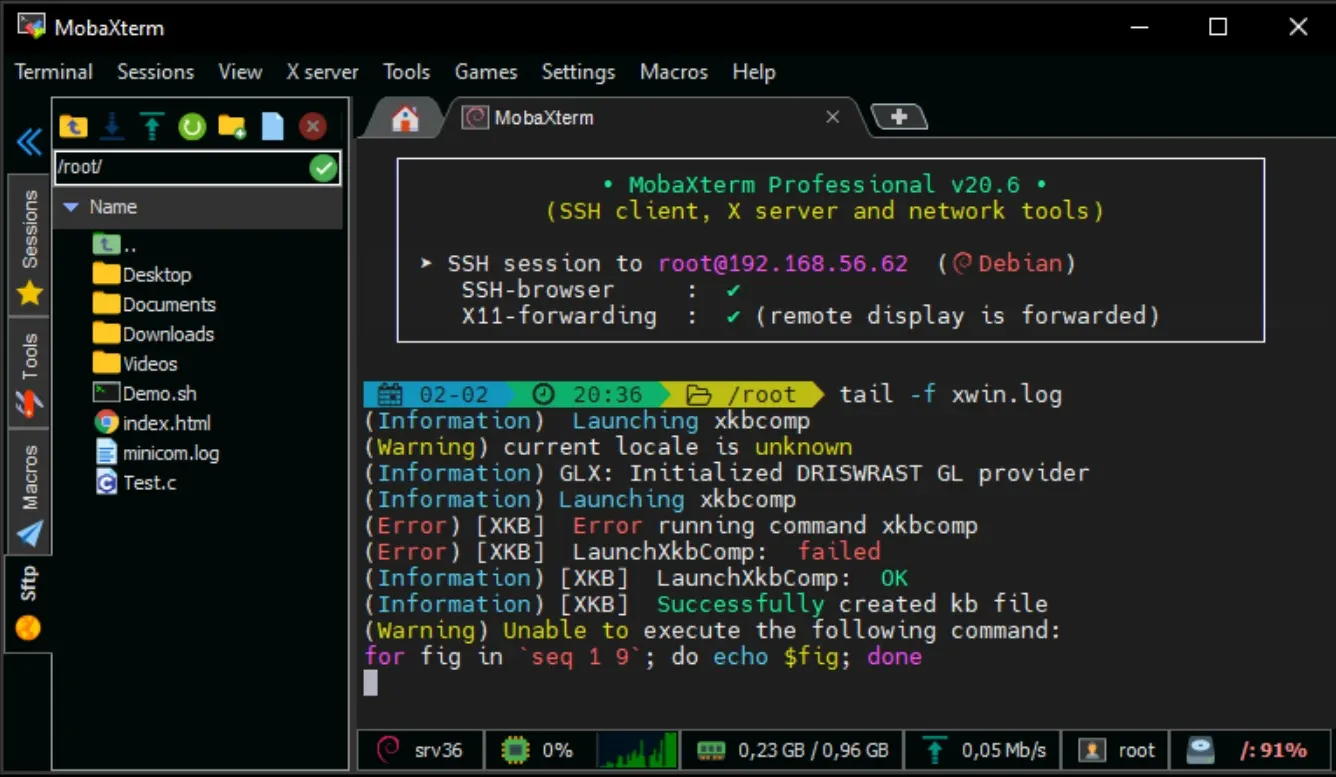
MobaXterm is primarily a Windows tool, but many Linux users interact with it while managing remote Linux servers from work or university environments. At least that's what I used around 12 years ago at work.
It combines SSH, X11 forwarding, and remote desktop features under one roof. And it does the job very effectively and offers a lot more than PuTTY.
Warp: The AI-powered terminal

Warp is a new-age terminal focused on modern developer and devops workflows. It offers command blocks, AI suggestions and AI agents, team sharing features, and a highly polished interface.
But it’s completely closed-source. I would have appreciated it if they offered it as open source and used their proprietary AI offering as optional add-on.
Docker Desktop: For easy container management
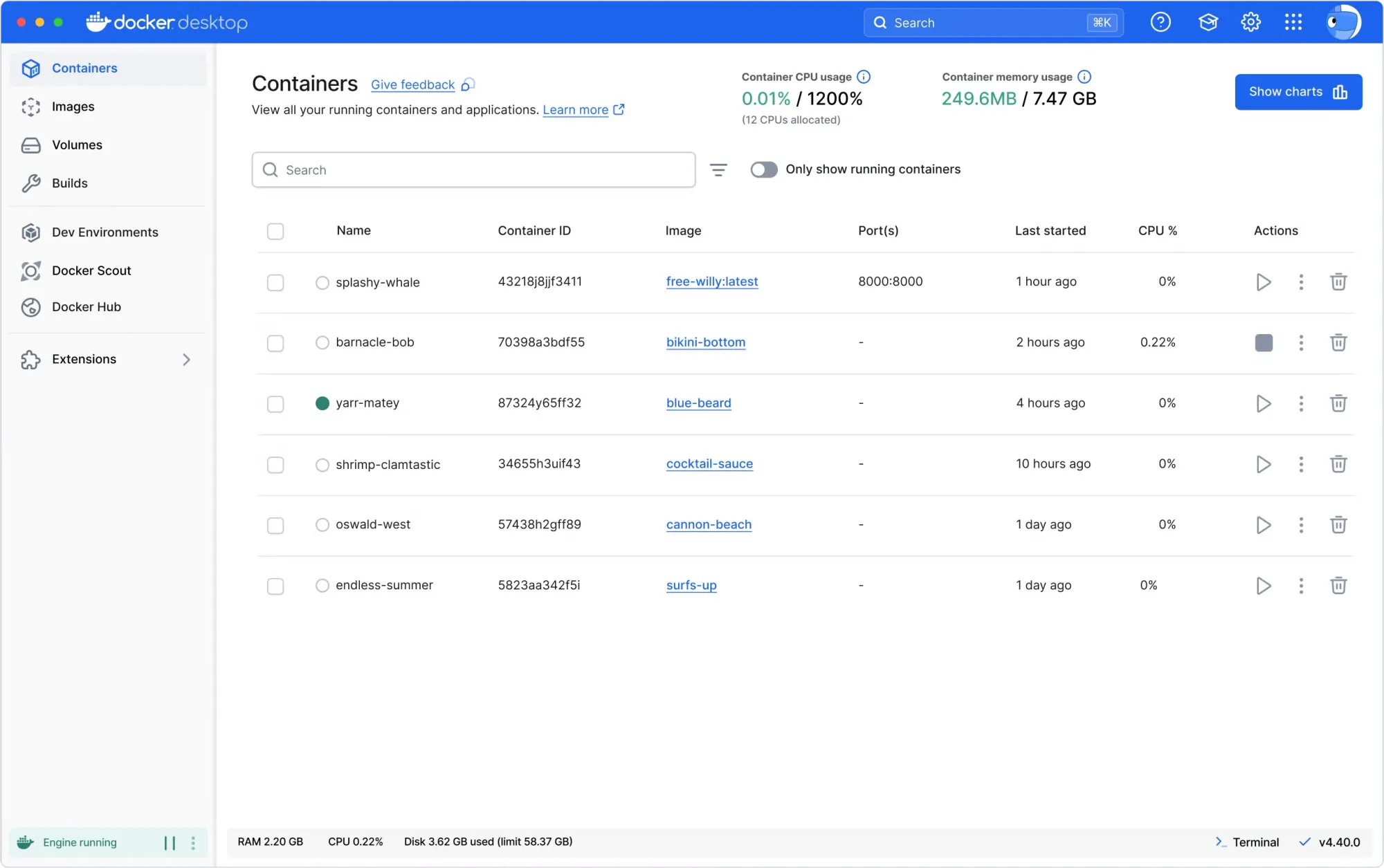
Docker itself is open source, but Docker Desktop is not.
It provides a GUI, system integration, container management tools and additional features that simplify your container-based workflows on personal machines. After all, not everyone is a command line champion.
Despite the licensing controversies, many people still use it because of convenience and integration with development environments.
Visual Studio Code: Microsoft's not so open offering

VS Code sits in a slightly grey area:
- The base project (Code – OSS) is open source.
- The official Microsoft build of VS Code is proprietary due to licensed components and telemetry.
Nevertheless, it remains the most popular code editor for developers, including Linux users, thanks to its extensions, easy GitHub integration, and huge plugin ecosystem.
Discord: The developer community hub
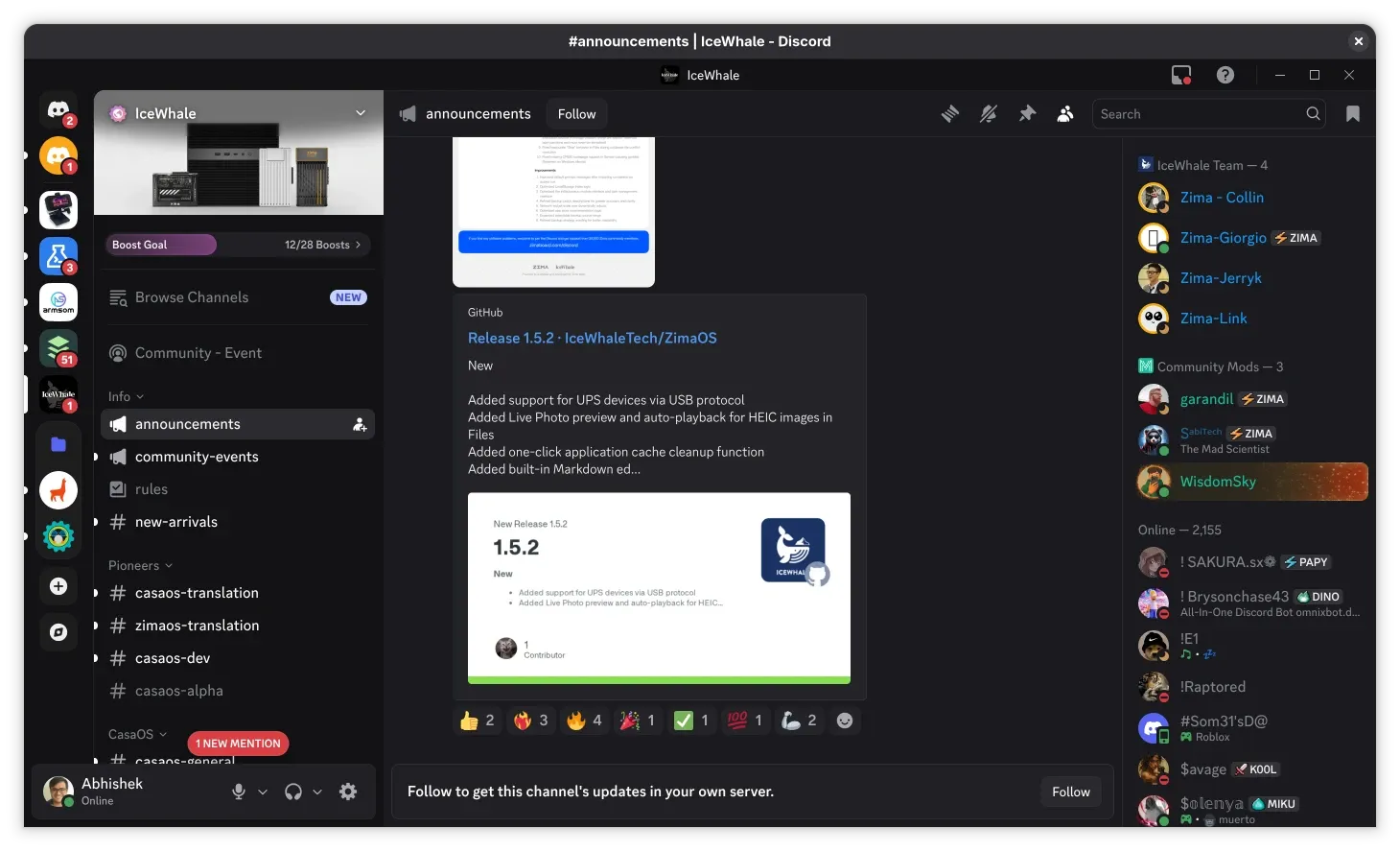
There was a time when developers used to dwell in IRC servers. That was 20 years ago. These days, Discord seems to have taken over all other instant messaging services.
Surprisingly, Discord started as a gaming platform but has become a central communication tool for tech communities, open source projects, and developer groups.
Many open source project communities now live there, even though Discord itself is fully proprietary.
Vivaldi: Chrome alternative browser

Vivaldi is a popular web browser among Linux users. It is based on open-source Chromium, but its UI, branding, and feature layer are proprietary.
Its deep customization, built-in tools (notes, mail, calendar), and privacy-focused philosophy make it a suitable choice for many Linux users.
Wondering why it is not open source? They have a detailed blog post about it.
VMWare Workstation: Enterprise-level virtualization

But since it is 'enterprise' level stuff, how can it be open source?
Despite all the licensing controversy, VMware’s Workstation and Fusion products are still heavily used for virtualization in both personal and enterprise environments.
They’re well-optimized, reliable, and offer features that are sometimes ahead of open-source alternatives. But yes, they are completely proprietary.
Ukuu: Easy kernel management on Ubuntu

Ukuu stands for Ubuntu Kernel Upgrade Utility. It allows you to install mainline Linux kernel on Ubuntu. You can also use it for installing a kernel of your choice, add, delete kernels from the comfort of GUI.
A few years ago, Ukuu switched to a paid license, unfortunately.
Plex: Media server for self-hosting enthusiasts

Plex is extremely popular among Linux users who build homelabs and/or media servers.
What started as a self-hosted media server, Plex gradually moved to become a streaming platform of its own. Oh! The irony.
Not just that, most of its ecosystem is closed-source and cloud-dependent. Recently, they have started cracking down on free remote streaming of personal media.
Tailscale – Easy remote access for self-hosters
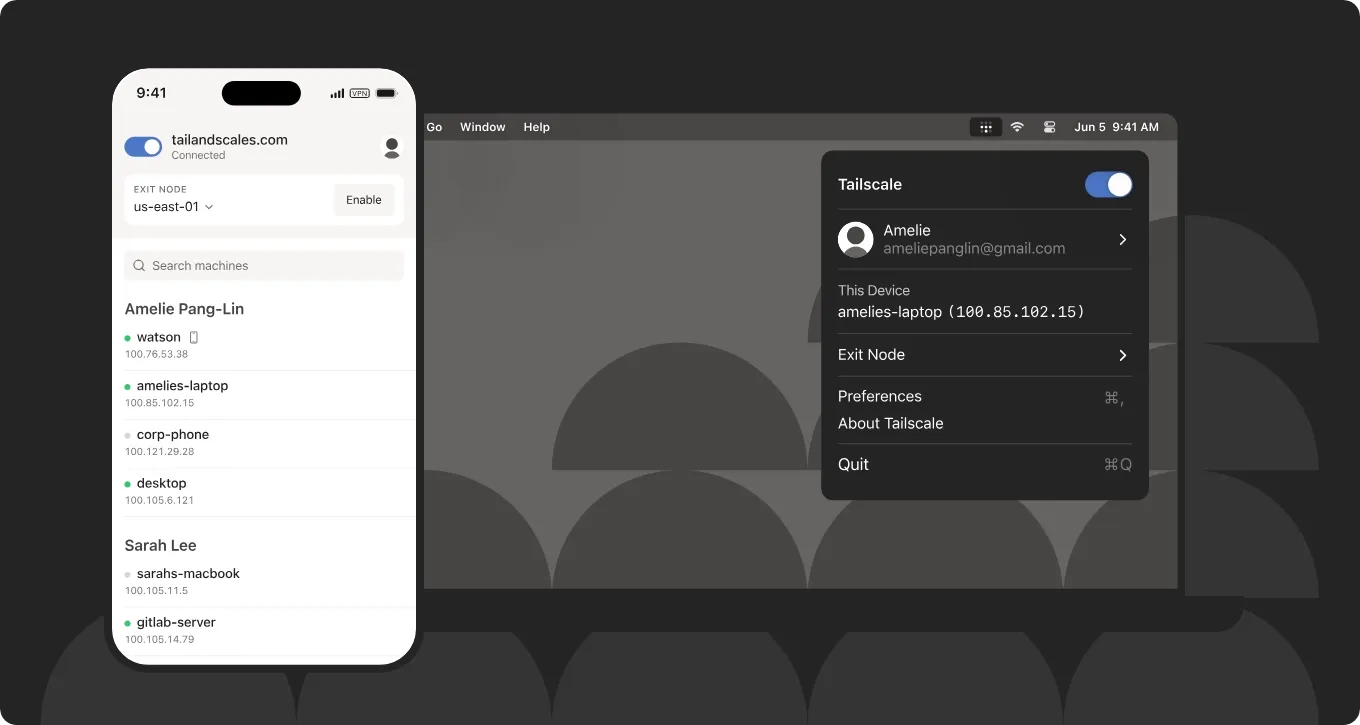
Tailscale uses the open-source WireGuard protocol but offers a proprietary product and service on top of it.
It makes secure networking between your devices ridiculously easy. This is perfect for self-hosters, and homelabbers as you can securely access your self-hosted services from outside your home network.
This simplicity is why several users accept the closed-source backend.
Snap Store: Open front, closed backend

Ubuntu's Snap-based software center, Snap Store, is closed source software.
Snapd, the package manager, is open source. But the Snap Store backend is proprietary and controlled by Canonical. This has sparked debate in the Linux community for years.
Still, most Ubuntu users rely on it daily for installing and managing applications. It comes by default, after all.
Steam: The backbone of Linux gaming

Surprised? Yes, our beloved Steam client is not open source software. Yet we use it. None of us can deny that Steam has been crucial for improving the state of gaming on Linux.
From Proton to native Linux support for thousands of games, Steam has played a huge role in improving Linux as a gaming platform, even though the platform itself is proprietary.
Conclusion
Using open-source software is about freedom, not necessarily forced purity.
Many Linux users aim to replace proprietary software whenever possible but they also value productivity, reliability, and workflow efficiency. If a closed-source tool genuinely helps you work better today, well use them but keep on supporting open alternatives alongside.
The good thing is that for almost every popular proprietary tool, the open-source ecosystem continues to offer strong alternatives.
To me, the important thing isn’t whether your entire stack is open source. It’s that you’re aware of your choices and the trade-offs behind them.
And that awareness is where true freedom begins.
Recommended Comments